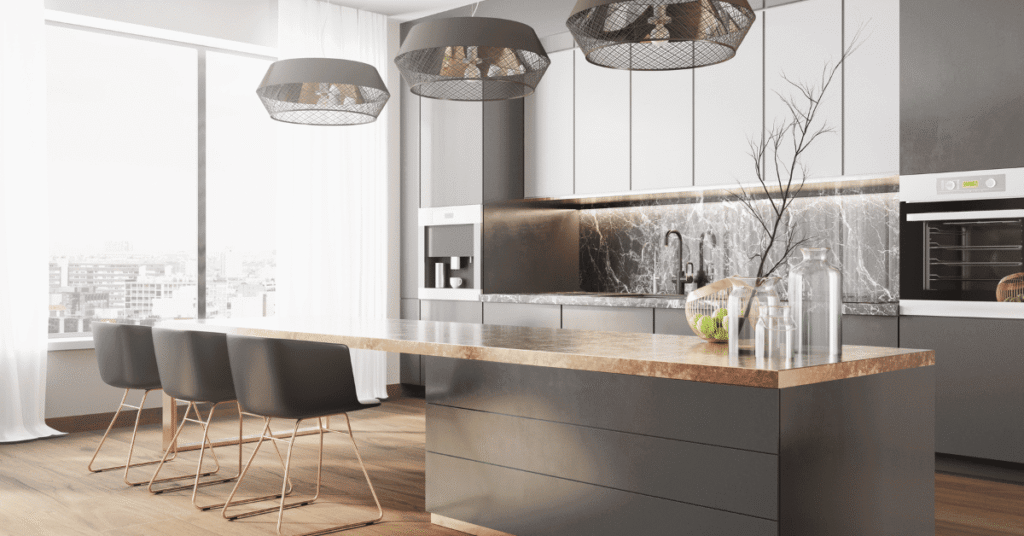Building on Brownfield Sites Through Dynamic Replacement
[ad_1]
Granger Development frequently strives to advance the art of developing by lowering the environmental effect of jobs. We comprehend there is a great line between creating decisions that maintain organic methods whilst nonetheless assembly the demand from customers for new development, and 1 way to do this is by making use of brownfield web pages. These websites have been formerly used for industrial or commercial purposes and often have hazardous squander or pollution. Illustrations contain:
- Decommissioned Factories
- Landfills
- Dry Cleaning Services
- Gas Stations
Revitalizing brownfield homes includes lots of obstacles, which as soon as kept developers and builders from even looking at these web pages. Difficulties vary from unstable soil problems, environmental contamination, dangerous resources, probably destructive gases offered off by the web site, liquid wastes that might leach out of the floor and other worries. However, by new systems and approaches this sort of as Dynamic Substitution (DR) Programs, firms like Granger Building can conquer these types of troubles and securely redevelop brownfield websites.
Brownfield Web site Advancement Case Research
Granger Design was tasked with setting up a $152 million mission critical facts middle for a Fortune 500 automotive firm in excess of an previous foundry sand landfill, developing various style and design and development difficulties. Vital design and style targets ended up to:
- Steer clear of Landfill Disturbances
- Retain the Environmental Integrity of the Landfill
- Mitigate Landfill Fuel Intrusion into the Facility
To satisfy these targets, the style-construct team thoroughly evaluated various basis designs and ground enhancement strategies and challenged conventional thinking by employing numerous revolutionary methods.
Dynamic Substitution: The staff utilized a ground improvement method named dynamic replacement in lieu of regular deep foundations these as auger solid piles. Whilst it was new in Michigan, the workforce regarded it available the finest alternative to densify the soil and enhance its bearing ability. To offer suitable allowable bearing pressures in settlement tolerances, dynamic replacement “prints” (sized 6’ to 7’ in diameter) were being fashioned by positioning a blanket of really dense granular supplies above the person foundation footprint and driving it into the soil by dropping a 15-to- 30-ton body weight from a crane into the underlying unsuitable soil. This method densified the fundamental soils within the zone of affect of the foundation and compacted the foundation subgrade consisting of the dense graded combination.
Vapor Intrusion Barrier: To mitigate landfill fuel intrusion, the workforce created and put in a vapor intrusion barrier procedure to preserve the landfill fuel down below floor from leaking into the new building. While chances of that taking place were slim, the shopper and our staff were not using any possibilities.
Leachate Assortment Method: The workforce also intended a leachate collection method to regulate the amount of h2o coming into the landfill. The technique is composed of collection piping spanning 3-quarters of a mile that faucets into an current discharge point that the client already experienced permitted. By eradicating this h2o, it decreases the total of contaminated liquid known as leachate that is generated from h2o percolating via the landfill web site.
The venture workforce aggressively took on the problem of building on a landfill, utilized innovative methods to triumph over all those challenges and ensured all shopper and regulatory requirements were satisfied. Their attempts resulted in the completion of a new, 200,000 square-foot, LEED Gold Certified constructing – offering modern and secure computing and facts storage to meet up with big boosts in the use of technologies and software to guarantee its merchandise continue being competitive. This challenge is a testomony to the simple fact that redeveloping an unused brownfield home is achievable. By having more duty for where by we make, how we build and the supplies we use, it is distinct we can reduce our carbon footprint inside the built atmosphere.
[ad_2]
Source url







